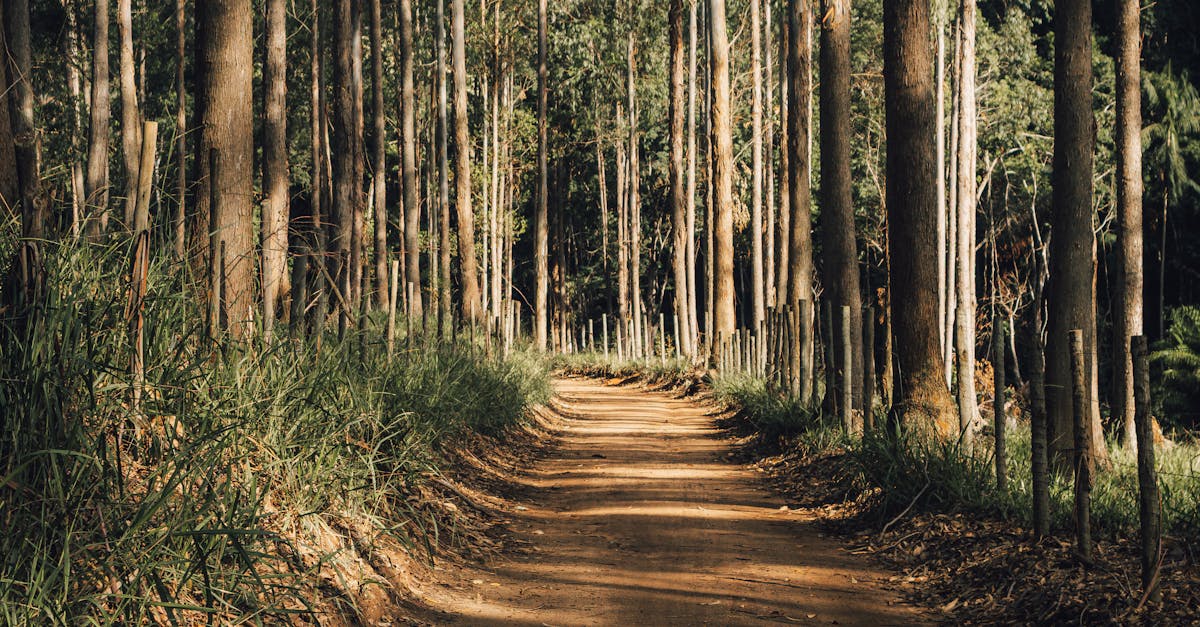Planet Parade Explained
- Planet Parade Defined: A planet parade is when several planets are visible in the night sky simultaneously, appearing close together. It’s a visual illusion from Earth, not a perfect alignment in space.
- Not a True Alignment: Planets move at different speeds and aren’t always visible. A planet parade occurs when their positions make them observable together.
- Rarity: NASA notes that parades involving four or more planets are noteworthy and not annual events.
- Upcoming Dates: The next alignment of six planets is expected on January 21, 2025, followed by an alignment of seven planets on February 28, 2025.
Upper Karnali Project
-
Project Overview: The Upper Karnali Hydro-Electric Project is a 900 MW run-of-the-river hydropower project in Nepal, located on the Karnali River.
-
Power Distribution: It will supply power to Nepal, India, and Bangladesh for 25 years.
-
Developers: Developed by GMR Upper Karnali Hydro Power Limited (GUKHL, a GMR Group India subsidiary), Nepal Electricity Authority (NEA), and SJVN Green Energy.
-
Ownership: GUKHL and NEA currently own the project with 73% and 27% stakes, respectively.
-
Project Model: It’s being developed on a build-own-operate-transfer (BOOT) basis.
-
Expected Output: Estimated to generate 3,466 million units of electricity annually.
-
Environmental Impact: Expected to offset approximately two million tons of greenhouse gas emissions per year.
-
Key Infrastructure: Features include a concrete gravity dam, headrace tunnels, fish pass, feeder tunnels, surge and pressure shafts, and silt flushing tunnels.
-
Turbines: The project uses 8 turbines, each with a 112.5 MW capacity.
-
Timeline: Construction is expected to begin in 2027, with commercial operation starting by 2031.
-
IREDA Involvement: IREDA signs joint venture for 900 MW Upper Karnali hydro project in Nepal.
iSNR Platform
-
iSNR Platform Launch: India introduces the Indian Sustainable Natural Rubber (iSNR) Platform to boost the global value and production of Indian rubber.
-
EUDR Compliance: iSNR aims to facilitate compliance with the European Union Deforestation Regulation (EUDR) for the Indian rubber ecosystem, streamlining the compliance process for stakeholders.
-
Traceability Certificate: The platform will issue a traceability certificate, verifying the origin of rubber products and confirming their EUDR compliance. This is crucial for accessing EU markets.
-
Competitive Advantage: iSNR positions Indian natural rubber as a competitive and responsible choice globally, promoting sustainable production and long-term industry growth.
-
INR Konnect: A web-based platform (INR Konnect) connects growers of untapped rubber holdings with adopters to maximize plantation productivity.
-
Certification & Training: The Rubber Board will certify participating parties and provide training on production management and sustainable practices. A database of certified tappers will also be available.
-
India’s Rubber Position: India is the third largest producer and fourth largest consumer of natural rubber worldwide.
-
Why is it important? It is important to India to maintain a market presence in the world economy, especially for the EU. It also helps make Indian rubber a popular option for natural rubber globally due to its sustainability and ethical farming practices.

Chincholi Sanctuary
- Relocation of Sheribikanahalli Hamlet: The Forest Department plans to relocate the Sheribikanahalli hamlet from within the Chincholi Wildlife Sanctuary to minimize human-animal conflict and improve conservation efforts.
- Location and Significance: Located in Kalburgi District, North Karnataka, declared a sanctuary in 2011. It is South India’s first dry land wildlife sanctuary.
- Area: Spreads over 134.88 sq. km.
- Nicknamed Ooty of Telangana: Known for its scenic beauty.
- Water Resources: Features the Chandrampalli dam and four smaller dams within its boundaries.
- Tribal Community: Home to Lambani Tandas, a protected tribal community.
- Flora: Consists of dry and moist deciduous forests with Acacia and Teak plantations. Medicinal herbs, sandalwood, and red sanders are also present.
- Fauna: Houses animals like Black Buck, Common Fox, Four-horned Antelope, Fruit bat, Hyena, and Indian Wolf.
- Avian Diversity: Supports over 35 bird species, including Black Drongo, Black-winged Kite, Blossom-headed Parakeet, Blue pigeon, Black-headed Oriole, and Grey partridge.
- Jim Corbett National Park: Not related to Chincholi, but mentioned as India’s first wildlife sanctuary, established in 1936.
Why in the news: The planned relocation of Sheribikanahalli hamlet highlights ongoing efforts to balance conservation with the needs of local communities living within the sanctuary.
Gobies: *H. hoevenii* & *M. tigrinus*
-
Discovery of Hemigobius hoevenii and Mugilogobius tigrinus in Andhra Pradesh: These goby fish species were newly recorded in the region.
-
Mugilogobius tigrinus Found for the First Time on India’s Eastern Coastline: This marks a significant range extension for the species.
-
Habitat: Gobies, including these species, typically inhabit estuarine environments, particularly around mangroves.
-
Ecological Significance: Gobies are crucial to estuarine ecosystems. They occupy different trophic levels in the food web and serve as indicators of environmental health.
-
Goby Diversity: India’s coasts are home to 135 goby species, with a significant number (95) found in mangroves and 53 specifically in the Coringa Wildlife Sanctuary.
-
General Goby Characteristics: Gobies are usually small, carnivorous fish, abundant in tropical marine environments. They are primarily bottom-dwellers with fused pelvic fins forming a suction cup. They have a large impact on the benthic environment because they usually reside there.
-
Gobies as Keystone Species: In small oceanic islands with fresh water, gobies may be the keystone species because they are often one of the few species of fish that exist in these areas.
-
Benthic environment: The benthic environment is inhabited by microorganisms such as microalgae and bacteria, ciliates, amoebae, and flagellates.
IG Internship Scheme
-
Internet Governance Internship and Capacity Building Scheme Launched: Aims to foster awareness and expertise in internet governance among Indian citizens.
-
Focus on Global Engagement: Equips participants to actively participate in global internet governance processes, working with organizations like ICANN, ISOC, IEEE, and IETF.
-
Two Internship Tracks: Offers both a six-month and a three-month internship program.
-
Expert Mentorship: Interns receive guidance from subject matter experts from international organizations, SIG members, retired government officials, and faculty advisors.
-
Financial Support: Provides a monthly stipend of Rs. 20,000/- plus support for outreach activities.
-
NIXI’s Role: NIXI, a non-profit under MeitY, is facilitating the scheme as part of its mandate to increase internet penetration and adoption in India. NIXI’s services include Internet Exchange Points (IXPs), .in domain registry, and IPv4/IPv6 address adoption (IRINN).
-
ICANN’s function: ICANN (Internet Corporation for Assigned Names and Numbers) is the private, non-government, nonprofit corporation with responsibility for Internet Protocol (IP) address space allocation, protocol parameter assignment, domain name system (DNS) management and root server system management functions.
Dark Oxygen?
-
Dark Oxygen Defined: Oxygen produced thousands of feet below the ocean surface, where no sunlight penetrates.
-
Challenges Existing Knowledge: Contradicts the established understanding that oxygen production relies solely on photosynthesis.
-
Traditional Oxygen Production: Oceanic plankton, algae, and certain bacteria, all capable of photosynthesis, are considered the primary oxygen producers in the ocean.
-
Non-Photosynthetic Oxygen Source: Polymetallic nodules, found deep in the ocean, are responsible for dark oxygen generation. These nodules resemble coal lumps.
-
Nodule Composition: These nodules are rich in metals such as manganese, iron, cobalt, nickel, copper, and lithium.
-
Electrochemical Process: The nodules facilitate an electrochemical reaction, splitting water (H2O) molecules into hydrogen and oxygen, independent of light.
-
Crassulacean Acid Metabolism (CAM): Some plants produce oxygen at night through a process called CAM.

SCOT Mission Explained
-
SCOT is Digantara’s inaugural space surveillance mission: It’s the first mission from the Indian space startup dedicated to tracking objects in space.
-
One of the world’s first commercial SSA satellites: SCOT is a commercially operated satellite focused on Space Situational Awareness.
-
Launched on SpaceX’s Transporter-12: It was deployed via a SpaceX rideshare mission.
-
Tracks Resident Space Objects (RSOs): SCOT is designed to monitor and track objects orbiting in space.
-
Monitors smaller RSOs: It focuses on tracking smaller objects (as small as 5 cm) that existing systems often miss.
-
Higher revisit rates and better tracking accuracy: SCOT aims to provide more frequent and accurate tracking data.
-
Sun-synchronous orbit for efficient LEO tracking: Its orbit allows it to efficiently monitor objects in Low Earth Orbit (LEO).
-
Overcomes limitations of ground-based systems: SCOT operates independently of weather conditions and geographic constraints.
-
Ensures safer space operations: By tracking small debris, it helps prevent collisions and ensures safer space activities.
-
Backed by Aditya Birla Ventures and SIDBI: It has received financial backing from these organizations.
-
Supports national security and space operations: The mission aims to contribute to national security and overall space operations.
La Perouse Exercise
-
Multinational Exercise: “Exercise La Perouse” is a multinational naval exercise, its fourth edition.
-
Participants: Includes navies from Australia, France, UK, US, Indonesia, Malaysia, Singapore, and Canada. Indian Navy also participates.
-
Objectives: Aims to improve Maritime Situational Awareness through enhanced cooperation in maritime surveillance, interdiction operations, and air operations. Focuses on training and information sharing.
-
Interoperability: Provides a platform for like-minded navies to build stronger relationships in planning, coordination, and information exchange, leading to improved tactical interoperability.
-
Exercise Activities: Involves complex multi-domain exercises like surface warfare, anti-air warfare, air-defense, cross deck landings, and tactical maneuvers. Also covers constabulary missions such as VBSS operations.
-
Indian Navy’s Role: India’s participation demonstrates synergy, coordination, and interoperability with other navies, and its commitment to a rules-based maritime order.
-
SAGAR Vision: Aligns with India’s SAGAR vision (Security and Growth for All in the Region) to enhance maritime cooperation for a safer Indo-Pacific.
-
Location: The exercise is conducted in the straits between the Indian Ocean and the Pacific Ocean as well as Malacca, Sunda and Lombok.
Trajan Gun Explained
-
What is Trajan Gun?: A 155mm towed artillery gun system. This is its primary function, highlighting its role in land-based warfare.
-
Joint Development: Developed collaboratively by India (Larsen & Toubro – L&T) and France (KNDS France). This signifies international cooperation in defense technology.
-
Made in India: The 52-calibre system is manufactured within India, with several key components indigenously produced. Emphasizes India’s growing defense manufacturing capabilities.
-
Performance: A range exceeding 40km (ammunition dependent). Demonstrates its significant striking power.
-
Key Features: Modular design for easy transport and deployment, automated loading system for rapid firing, adaptability to diverse terrains, and advanced targeting/fire-control systems. These features highlight its modern design and operational versatility.
-
Significance: Indicates potential deals between India and Armenia in artillery systems. Armenia towing system demonstrates potential for international relations and trade, highlighting its news significance.